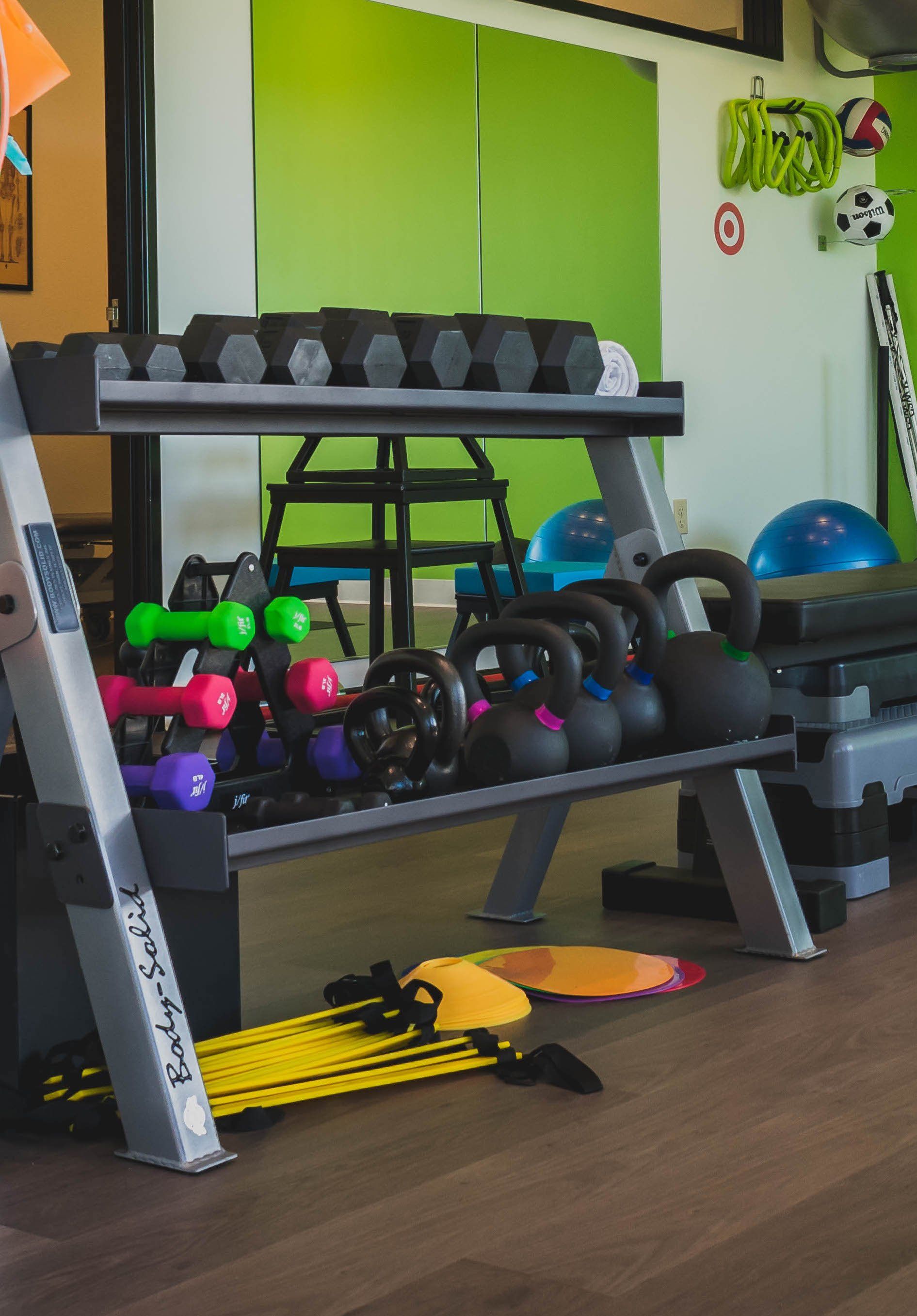Ankle Sprain
Ankle Sprain Injuries:
Recovering Like a Champ
Ankle Sprain Injuries:
Recovering Like a Champ
For athletes and other activity enthusiasts, a sprained ankle is one of the most common injuries experienced. Not even two-time NBA MVP Steph Curry is immune from this especially irritating injury. The ACSM estimates that 25,000 Americans suffer from an ankle sprain each day, amounting to almost half of all sports injuries! Ankle sprains occur when one or more ligaments in the ankle tears, usually as a result of the ankle rolling beyond its normal range of motion or twisting in an awkward way. Even though the ankle sprain is a common injury, strengthening the body correctly is necessary to avoid long-term problems that may carry on if the right treatment is not sought out. Steph Curry would probably tell you himself, even a mild ankle sprain can carry symptoms and deficits that you don’t realize, increasing your risk of reinjury. One of the biggest misconceptions about ankle injuries is that “rest cures all” (wouldn’t that be nice?) but unfortunately it’s not that simple. The good news is that working with a physical therapist can help to identify these areas of weakness and get you back to your favorite activities safely.
So how do you know if you have a sprained ankle and what can you do about it? If you’ve injured your ankle and experience symptoms of pain, swelling, bruising, or limited range of motion, you may be suffering from a sprain. If you’re unable to put any weight on your ankle at all, it may mean the sprain is severe or it could be a sign of a more serious injury. Seeking treatment within 1-2 days is the best way to help the healing process move along most efficiently. Working with a physical therapist can help you properly strengthen your ankle joint and calf muscles to quicken your recovery time, reduce pain, and decrease the risk of re-injury.

When Should I Seek Treatment For Ankle Sprains?
When you experience an ankle sprain you can come directly to a physical therapist, where they’ll examine your ankle to find the source of pain and test your strength, flexibility, and the amount of laxity in your ankle ligament(s). Once they’ve done the necessary clinical tests to determine the severity of your injury, your ankle sprain will be classified in one of three categories:
- Grade 1 (mild): Symptoms of mild pain or swelling.
- Grade 2 (moderate): Symptoms of moderate pain and swelling, bruising, stiffness, possible limp
- Grade 3 (complete tear): Severe sprain, a tear where the ligament is totally ruptured. Should be treated with high caution as surgery is sometimes required.
While recovery time will vary based on the severity of the sprain—anywhere from a few weeks to a few months—your physical therapist will pinpoint the problem areas and provide a plan to allow your body to recover most effectively.
How Can Physical Therapy Help To Restore Ankle Mobility After A Sprain?
During your physical therapy for sprained ankle injuries, your physical therapist will restore normal joint mechanics and treat soft tissue through manual therapy: skilled, hands-on techniques that help to reduce inflammation and muscle tightness, address ankle stiffness, improve range of motion, and minimize pain. The benefits of manual therapy can’t be achieved through just regular exercise so make sure your physical therapist incorporates this treatment technique as part of your sprained ankle physical therapy program.
Sprained ankle recovery also involves your physical therapist providing you with the tools to restore the normal joint mechanics in your ankle. This is done in a number of ways including:
- Improving the strength of the ankle, hip and core to help you maintain balance
- Assessing the alignment of your legs to ensure that the feet are relaxed
- Exercises that incorporate full body movements to challenge your system
Retraining Your Balance
Your physical therapist will also look to make sure you can keep your balance and that you maintain proper control while also assessing your leg alignment. They’ll look at the intrinsic foot muscles, small muscles in the bottom of the foot which are inhibited during a sprain, to make sure that your feet are relaxed and not gripping the ground with your toes. Your treatment may also address:
- Static Balance: Single leg stance exercise, maintaining stability
- Dynamic Balance: Exercises incorporating full body movement, challenging the system by catching and throwing balls, using kettle bells and unstable surfaces
- Functional Balance: Single leg squats with/without load
It’s an unfortunate truth that once a person suffers an ankle sprain, they are more likely to injure that ankle again.
Your physical therapist will also give you advice on how to reduce your risk of re-injuring your ankle including:
- Wearing sturdy and appropriate footwear
- Wearing an ankle braces if necessary
- Stretching before physical activity
- Paying close attention to the surfaces you are walking on